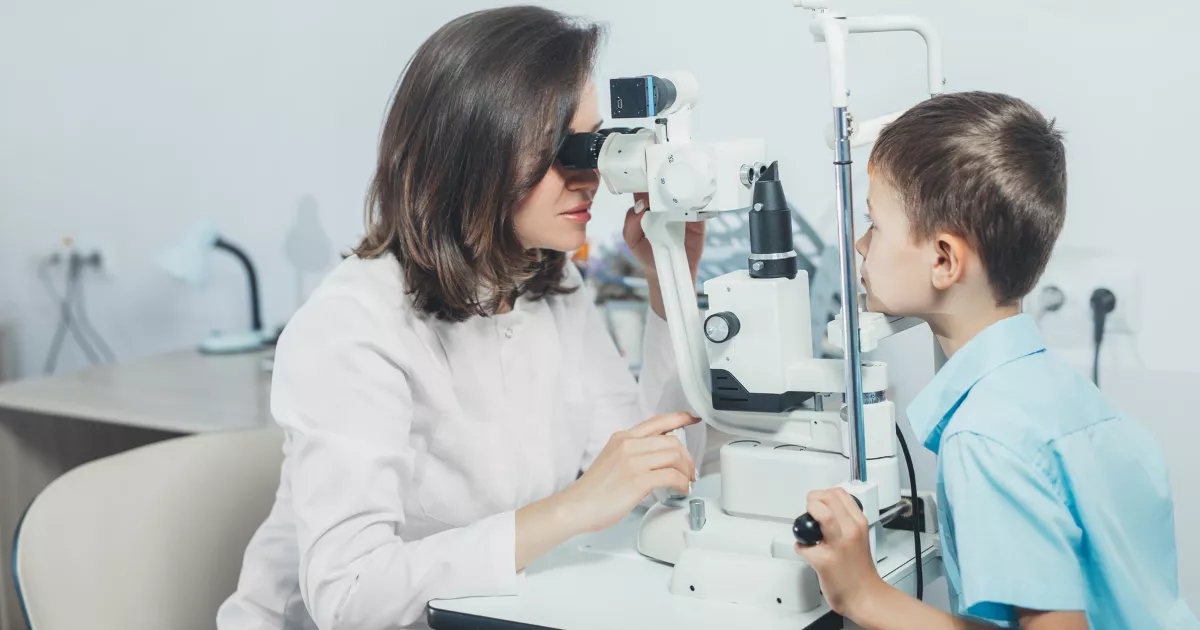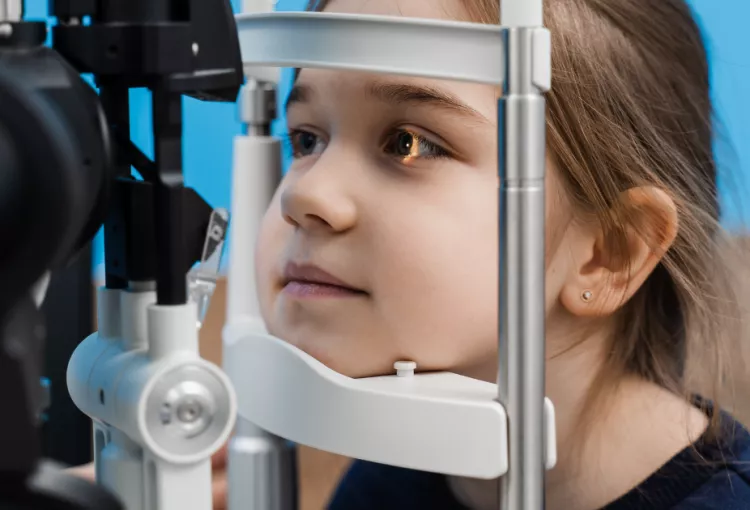
This August, Focus on Children’s Eye Health and Safety
August is recognized as Children’s Eye Health and Safety Month, a time dedicated to raising awareness about the importance of eye health and safety for U.S. youth. This observance emphasizes the need for regular eye check-ups, proper eye protection, and education on preventing eye injuries and diseases.
How Children’s Eye Health and Safety Month Got Started
Children’s Eye Health and Safety Month was initiated by Prevent Blindness, a leading volunteer eye health and safety organization in the United States. Prevent Blindness has been advocating for eye health and safety since its founding in 1908. The establishment of this observance in August aims to coincide with the back-to-school season, highlighting the importance of eye health as children prepare for the new academic year.
The campaign was launched to address the increasing number of eye injuries and vision problems among children. By focusing on a specific month, Prevent Blindness and other health organizations seek to concentrate their efforts on educating parents, teachers, and children about the significance of maintaining healthy vision and preventing eye injuries.
Why Children’s Eye Health and Safety Month Was Started
The initiation of Children’s Eye Health and Safety Month stems from several critical reasons:
- Prevalence of eye disorders. Many children suffer from undiagnosed vision problems, which can significantly impact their learning and development. Early detection and treatment of conditions like myopia, hyperopia, and amblyopia (lazy eye) are crucial for effective management and prevention of long-term issues.
- Eye injuries. Children are at a higher risk of eye injuries, particularly during sports and recreational activities. Protective eyewear and awareness about safe practices can drastically reduce the incidence of such injuries.
- Educational performance. Vision problems can hinder a child’s academic performance. By promoting regular eye exams, the observance aims to ensure that vision issues are identified and corrected early, allowing children to perform better in school.
- Digital eye strain. With the increasing use of digital devices for both education and recreation, children are more susceptible to digital eye strain. Educating families about proper screen time management and ergonomic practices is essential for maintaining eye health.
The statistics on children’s eye injuries and vision problems in the United States from 2000 to 2023 highlight the urgency and importance of Children’s Eye Health and Safety Month.
- Vision problems. According to the American Optometric Association, approximately one in four school-aged children has a vision problem significant enough to affect their learning. This translates to nearly 12 million children in the United States who suffer from vision impairments that can hinder their educational performance.
- Eye injuries. Data from the National Eye Institute indicates that each year, thousands of children sustain eye injuries. Between 2000 and 2023, nearly 42,000 sports-related eye injuries were reported annually, with about 13,500 of these injuries occurring in children under the age of 15. This highlights the critical need for protective eyewear and safety measures during physical activities.
- Digital eye strain. With the increasing use of digital devices, multiple studies have found that parents reported their children experiencing symptoms of digital eye strain, including dry eyes, headaches, and blurred vision. The rise in screen time, especially during the COVID-19 pandemic, has exacerbated these issues, making eye health education more essential than ever.
These statistics underscore the significance of prioritizing children’s eye health and safety, prompting the establishment of an observance dedicated to addressing these concerns.
Goals of Children’s Eye Health and Safety
The purpose of Children’s Eye Health and Safety Month is not only to increase awareness of the importance of addressing children’s eye health and safety needs, but also to mobilize people to take action.
- Early detection and treatment. Regular eye exams can detect issues early, leading to timely intervention and treatment. This can prevent conditions from worsening and help maintain good vision throughout a child’s life.
- Overall development. Vision is integral to a child’s overall development, affecting their ability to learn, play, and interact with others. Ensuring good eye health supports their cognitive and social development.
- Prevention of injuries. Educating children about eye safety and providing appropriate protective eyewear can prevent injuries that could lead to permanent vision loss.
- Awareness of eye health. By focusing on eye health, this observance encourages families to prioritize vision care and seek professional advice when necessary. It also fosters a culture of proactive health management among children.
Ways to Get Involved During August 2024
There are numerous ways for individuals and communities to participate in Children’s Eye Health and Safety Month. Here are some suggestions:
For Parents and Families
- Schedule an eye exam. Ensure your child has a comprehensive eye exam before the school year starts. Early detection of vision problems can make a significant difference in their academic and social life.
- Educate about eye safety. Teach your children about the importance of eye safety, especially during sports and outdoor activities. Encourage them to wear protective eyewear when necessary.
- Limit screen time. Monitor and limit your child’s screen time to prevent digital eye strain. Encourage regular breaks and ensure proper lighting and ergonomic setups for digital device use.
- Healthy diet. Promote a diet rich in vitamins and nutrients that support eye health, such as carrots, leafy greens, and fish.
For Schools and Educators
- Vision screenings. Organize vision screenings at school to identify students who may need further eye exams. Collaborate with local optometrists or vision care programs to facilitate these screenings.
- Educational programs. Implement educational programs that teach students about eye health and safety. Interactive activities and workshops can make learning about eye care fun and engaging.
- Eye-friendly environment. Ensure that classrooms have adequate lighting and that students have access to ergonomic furniture to support good posture and reduce eye strain.
For Community Organizations
- Awareness campaigns. Launch awareness campaigns in your community to highlight the importance of children’s eye health and safety. Use social media, local newspapers, and community events to spread the message.
- Partner with professionals. Collaborate with optometrists, ophthalmologists, and other healthcare professionals to provide educational resources and free or low-cost eye exams for children in the community.
- Eye Health Events: Organize community events such as health fairs, where families can learn about eye health and receive free screenings and consultations.
For Healthcare Providers
- Outreach programs. Develop outreach programs to educate parents and children about the importance of regular eye exams and eye safety. Provide resources and support to schools and community organizations.
- Continuing education. Stay updated on the latest advancements in pediatric eye care and share this knowledge with your patients. Offer workshops and seminars for parents to learn about maintaining their children’s eye health.
- Advocacy. Advocate for policies that support vision care access for children, including insurance coverage for regular eye exams and protective eyewear.
Children’s Eye Health and Safety Month in August is a crucial observance that underscores the importance of eye health and safety for children. By promoting regular eye exams, educating about eye safety, and raising awareness about vision health, we can ensure that children have the best possible start to their academic year and overall development.
Everyone, from parents and educators to community organizations and healthcare providers, can play a vital role in supporting this cause and safeguarding the vision of our future generations.


